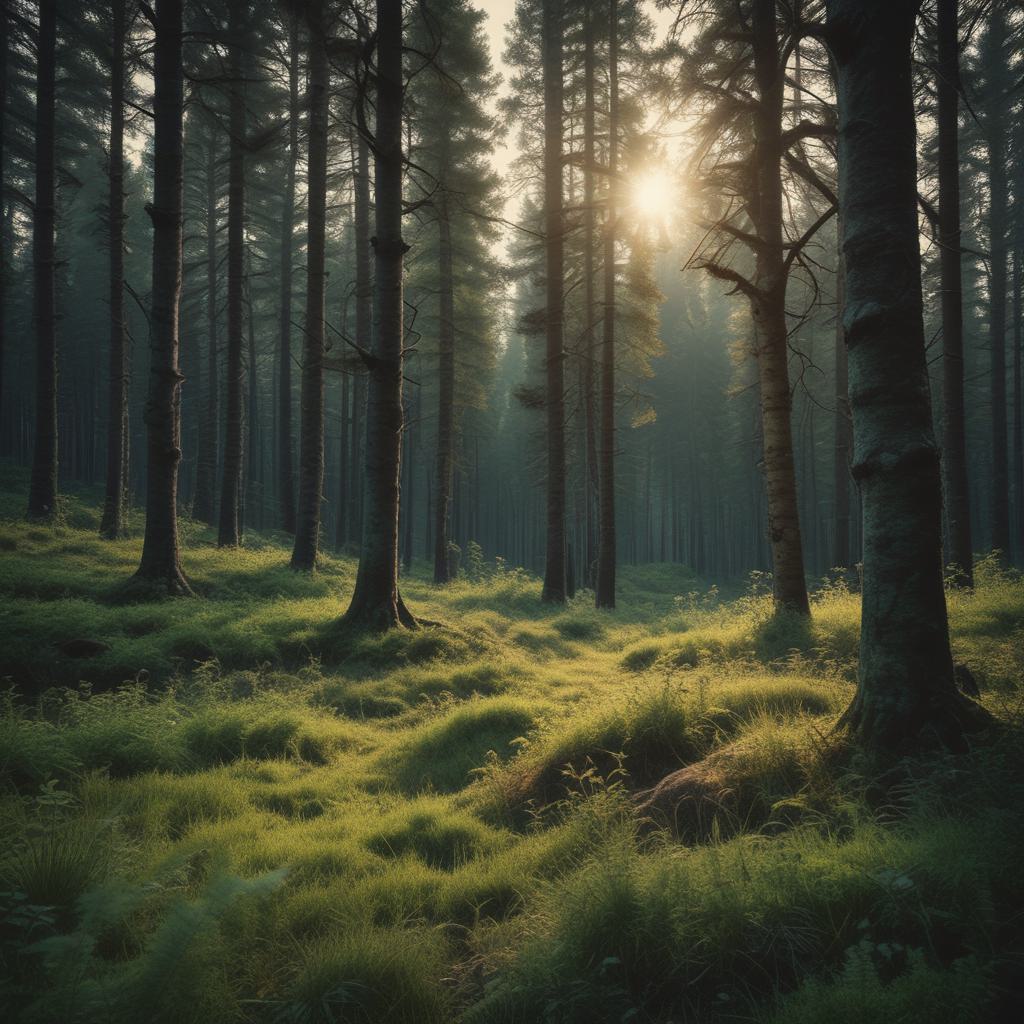FORESTS AND FOREST USES
What is forest ?
Forests can be define as complex ecosystems that provide a wide range of ecological,
economic, and social benefits.
TYPES OF FOREST
-
Tropical Rainforests : Dense, evergreen forests found near the equator, characterized by high rainfall and biodiversity.
-
Temperate Forests : Deciduous or mixed forests found in temperate regions, with distinct seasons and moderate rainfall.
-
Boreal Forests (Taiga) : Coniferous forests located in northern regions, with cold climates and long winters.
-
Tropical Dry Forests : Forests with seasonal rainfall and a distinct dry season, often found in tropical regions.
-
Montane Forests : Forests found in mountainous regions, characterized by varying climates and vegetation with altitude.
-
Mangrove Forests : Coastal forests found in tropical and subtropical regions, characterized by salt-tolerant trees and unique ecosystems.
-
Savanna Woodlands : Open forests with scattered trees and grasses, typically found in tropical and subtropical regions with seasonal rainfall.
-
Temperate Rainforests : Dense, moist forests located in temperate regions, with high rainfall and rich biodiversity.
-
Mediterranean Forests : Forests characterized by hot, dry summers and mild, wet winters, found in regions with a Mediterranean climate.
-
Subtropical Forests : Forests located in subtropical regions, often with high humidity and diverse plant species, including both evergreen and deciduous trees.

